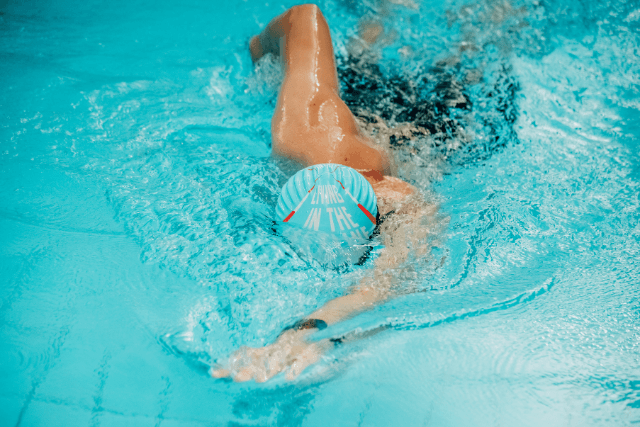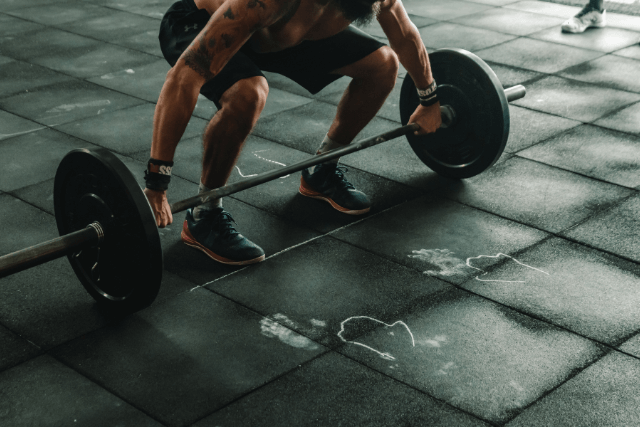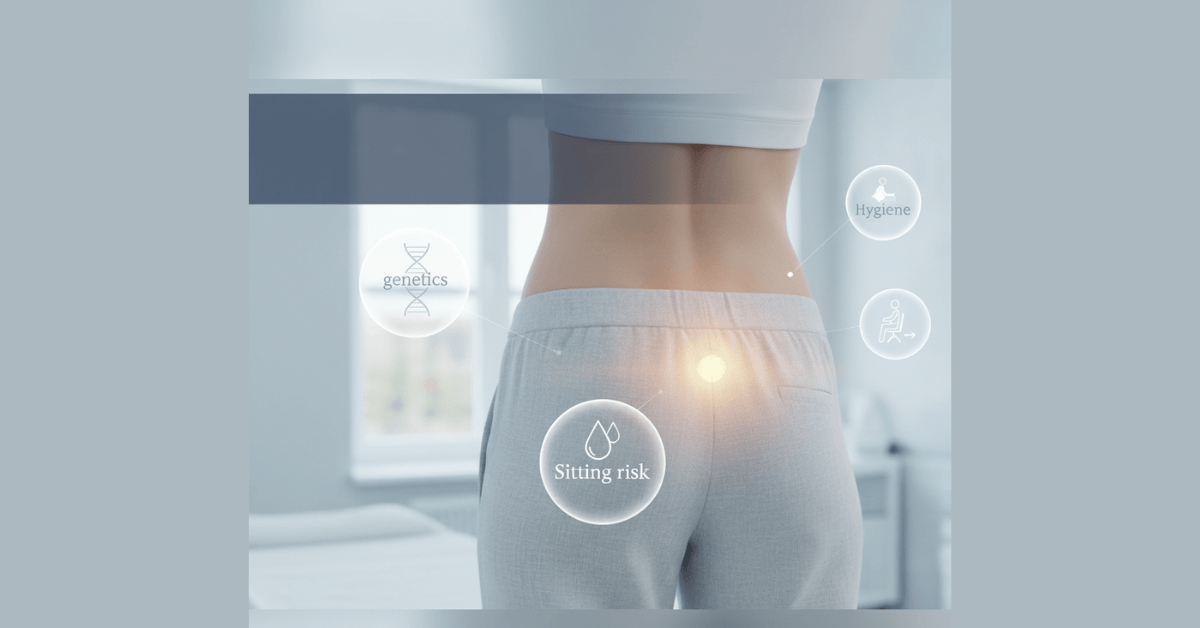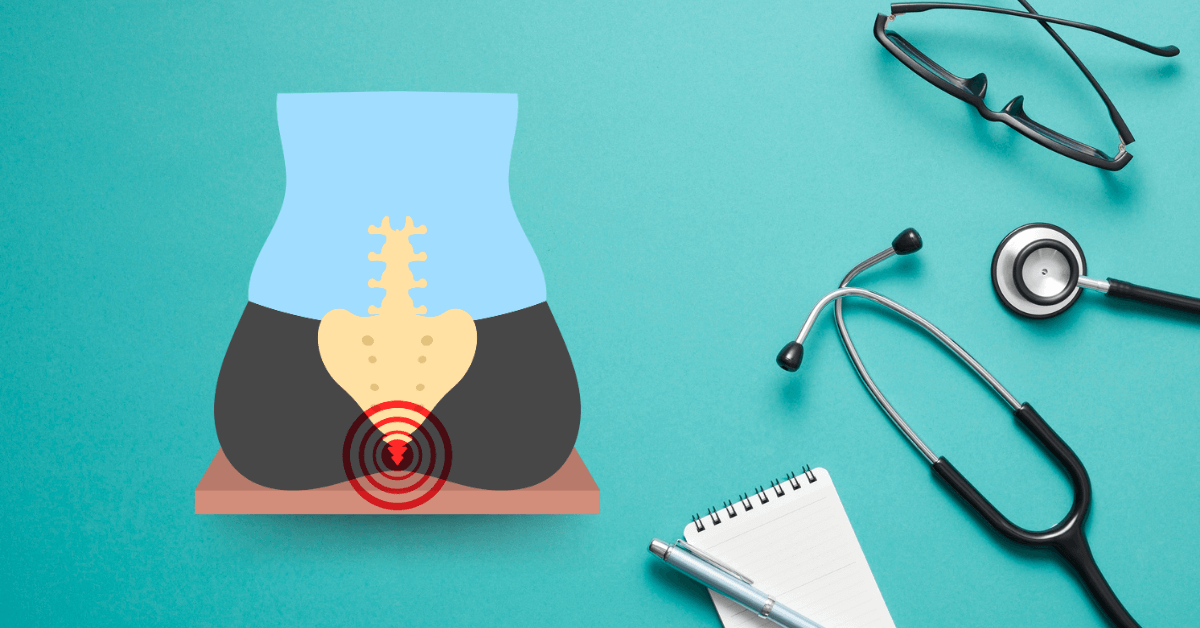Hemorrhoids are a common condition that affects millions of people worldwide, often causing discomfort, pain, and inconvenience. Many people living with hemorrhoids wonder whether exercise can help alleviate symptoms or whether it could worsen their condition. Understanding the relationship between hemorrhoids and exercise is key to making informed decisions about physical activity.
In this blog, we will explore which exercises are safe for people with hemorrhoids and which activities should be avoided to prevent exacerbating the condition.
What Are Hemorrhoids?
Before delving into the relationship between hemorrhoids and exercise, it is essential to understand what hemorrhoids are. Hemorrhoids are swollen veins in the lower part of the rectum and anus. They can be internal, located inside the rectum, or external, located under the skin around the anus. Hemorrhoids can cause a variety of symptoms, including pain, itching, swelling, and bleeding during bowel movements.
Hemorrhoids are common and can result from factors such as chronic constipation, excessive straining during bowel movements, obesity, pregnancy, and prolonged sitting or standing. Fortunately, while hemorrhoids can be uncomfortable, they can often be managed with proper care, including dietary changes, medications, and, in some cases, surgery.
The Relationship Between Hemorrhoids and Exercise
Exercise plays an important role in overall health and well-being. However, if you have hemorrhoids, it is crucial to understand how exercise can impact your condition. Certain activities can help prevent or alleviate hemorrhoids, while others may increase pressure on the veins in the anal and rectal area, making symptoms worse.
The right type of exercise can help improve circulation, reduce constipation, and relieve some of the symptoms of hemorrhoids. On the other hand, high-impact exercises or activities that increase abdominal pressure may trigger discomfort or worsen existing hemorrhoids.

Safe Exercises for People with Hemorrhoids
If you suffer from hemorrhoids, certain exercises can be beneficial in managing your condition. These activities promote good blood circulation and reduce the risk of constipation, both of which can help prevent hemorrhoid flare-ups. Here are some of the best exercises to consider:
1. Walking
Walking is one of the safest and most effective exercises for people with hemorrhoids. It is a low-impact activity that helps improve circulation and reduce the risk of constipation. Walking also encourages bowel movement regularity, which can prevent the straining that often leads to hemorrhoids.
If you have hemorrhoids, aim for at least 30 minutes of walking per day. You can break this up into shorter walks throughout the day, which will be easier on your body while still providing the benefits of exercise.
2. Swimming
Swimming is a great exercise for people with hemorrhoids. It is a low-impact activity that doesn’t put pressure on the rectum or anus, making it safe for those with hemorrhoids. The water supports the body, reducing strain while still providing a full-body workout that improves circulation and muscle tone.
Swimming can also be relaxing, which helps reduce stress that can make hemorrhoid symptoms worse. Just be sure to avoid public pools if you have open sores or external hemorrhoids to prevent infection.
3. Cycling
Cycling is a great cardiovascular exercise that can help improve circulation and reduce the risk of constipation. However, it is essential to ensure proper posture and seat adjustments when cycling to avoid putting unnecessary pressure on the perineum and rectal area.
If you are new to cycling or have sensitive hemorrhoids, it may be helpful to start with short rides on a well-padded seat. Opt for a stationary bike if you prefer indoor exercise.
4. Yoga
Yoga is an excellent exercise option for those with hemorrhoids because it promotes flexibility, reduces stress, and improves circulation. Certain yoga poses, such as the “cat-cow” stretch, “downward dog,” and “child’s pose,” can help alleviate tension in the lower back and abdominal area, which can reduce pressure on the rectum.
Additionally, yoga can help with bowel regularity by encouraging deep breathing and relaxation, which can prevent constipation—one of the leading causes of hemorrhoids.
5. Pelvic Floor Exercises
Pelvic floor exercises, often called Kegel exercises, can be very helpful. These exercises involve tightening and relaxing the muscles in the pelvic area, which improves blood flow to the rectal and anal areas. Strengthening these muscles can help support the veins in the rectum and prevent problems related to hemorrhoids.
Doing Kegel exercises regularly can also improve bowel control, which reduces the need to strain during bowel movements—a common cause of hemorrhoid flare-ups.

Exercises to Avoid with Hemorrhoids
While exercise can benefit those with hemorrhoids, certain activities should be avoided as they can worsen symptoms. These exercises typically increase abdominal pressure, which places more strain on the veins in the rectal area. Here are some exercises that you may want to avoid:
1. Heavy Weightlifting
Lifting heavy weights can put a lot of pressure on the abdomen, which in turn can strain the veins in the rectum and anus. This can make hemorrhoids worse or even cause new ones to form.
If you like weightlifting but have hemorrhoids, try using lighter weights with more repetitions. Also, avoid holding your breath while lifting, as this can increase pressure in your abdomen.
2. High-Impact Aerobics
High-impact exercises like running, jump rope, or intense aerobics can be too hard on people with hemorrhoids. These activities put extra pressure on the pelvic area, which can cause hemorrhoid flare-ups or make symptoms worse.
If you enjoy cardio, try low-impact options like walking, cycling, or swimming. These exercises offer the benefits of aerobic activity without putting too much strain on your body.
3. Sit-Ups and Crunches
Sit-ups and crunches put pressure on the abdominal muscles, which can increase pressure on the rectum and anus. If you have hemorrhoids, these exercises may exacerbate symptoms, especially if you are already experiencing discomfort or swelling.
Instead of sit-ups and crunches, consider doing more gentle core exercises, such as pelvic tilts or leg lifts, which do not place as much strain on the pelvic region.
4. Squats and Lunges
Although squats and lunges are excellent exercises for building lower body strength, they can put pressure on the rectum and anus, particularly if performed incorrectly. If you have hemorrhoids, these exercises may aggravate symptoms or make them worse.
If you prefer to strengthen your lower body, consider low-impact alternatives, such as resistance band exercises or gentle leg lifts.

General Tips for Exercising with Hemorrhoids
If you have hemorrhoids and are planning to exercise, keep the following tips in mind to help manage your condition and prevent flare-ups:
1. Avoid Straining
During exercise, always focus on maintaining proper form and avoiding unnecessary strain. Straining during physical activity can increase pressure on the rectum, which can worsen hemorrhoids.
2. Stay Hydrated
Staying hydrated is important for preventing constipation and keeping your digestion healthy. Drink plenty of water before, during, and after exercise to keep your stools soft and avoid straining during bowel movements.
3. Use Proper Posture
Maintaining good posture while exercising is crucial for minimizing pressure on the rectum and pelvic region. Whether you’re walking, cycling, or practicing yoga, ensure that you maintain proper alignment to reduce strain on your body.
4. Start Slow
If you’re new to exercise or have recently experienced a hemorrhoid flare-up, start slowly. Begin with low-impact activities, such as walking or swimming, and gradually increase the intensity as your body becomes more accustomed to exercise.
Conclusion
Hemorrhoids and exercise can go hand-in-hand, but it is crucial to choose the right activities to avoid making your condition worsee. Low-impact exercises such as walking, swimming, cycling, and yoga are safe and beneficial for people with condition, as they promote circulation, improve bowel function, and reduce the risk of constipation. On the other hand, high-impact activities such running, and sit-ups should be avoided, as they can put excessive pressure on the pelvic region and worsen symptoms.
If you’re living with hemorrhoids, it is important to listen to your body and consult with a healthcare provider before beginning a new exercise routine. With the right approach, exercise can be a powerful tool in managing your overall health.



